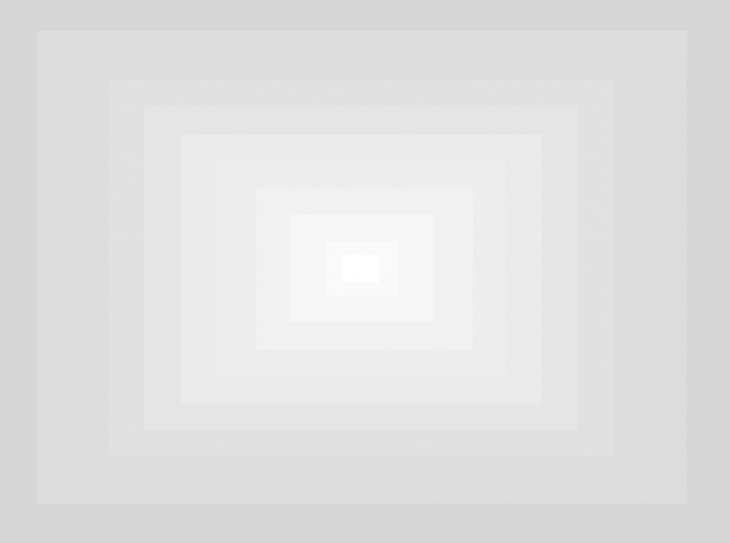 Philippe Rahm, inside the overall debate on an Advanced Architecture, looks back at the configurations of dwellings and cities from the past or from a ‘more present past’ to investigate the relationship between the natural environment and the architectural space, figuring out that the Architecture has always been following the climate changing in its configuration and functions. While the most of the research in Architecture has been stopping looking at the relation between form and function, Philippe Rahm underlines the necessity to see the form and the functions as something derived spontaneously from the climate conditions. But he wants also to actualize this approach managing and filtering the external climate and evoking an architecture able to change temporally and spatially in relation with the display of unespected behaviours and not preconceived functions derived by the constructed environmental container. In Philippe Rahm’s thinking the architecture is therefore mold according to the climate conditions: heat, humidity, air flows shape the space and allow the functions and its users’ behaviours to find a place in it, while the simulation of the radiation, convection, conduction, evaporation and pressure aims to reproduce a natural environment into the architecture. Effectively, the climate assume the role of Architecture, while the Architecture, in its forms and functions, becomes the vehicle to create a climate environment. Eventually, his architectural approach doesn’t want to establish an open dialog with the Nature, investigating the blurry and unclear space between the black and the white as in Fushimoto’s research. He is not even creating a physical contoured space as for the Alison Smithson’s grotto, but rather an atmosphere of trascendence, a series of sensations, feelings and mapped motions borrowed from the Nature and enclosed in a timeless space. Dealing only with the air and through the integration of invisible limits, Rham’s effort is an envelope of atmospheres, an invisible architecture of flows modeling the livable space. His sense of Architecture is a poetic and technological approach to the creation of a comfortable space, made by undefined colors and different air densities. Nevertheless, the Architecture is reduced to a filter- if not a wall- between man and Nature. It’s not the external climate that shape the Architecture in its forms and programmes, but it is rather a hi-tech and controlled reproduction of it. The need to control the climate derives from a modern society which is not anymore able to deal within an ‘unfriendly’ environment. The technology helps the human being to reach a better comfort level, but at the same time permits the growth of new and more sophisticated needs. Since the artificial environment is affecting the natural sphere, this relation is going to be an endless escape from a reunion with Nature. Perhaps, an advanced architecture should be even that one that forces the human being to have a natural- more than artificial- relationship of acceptance with the climate and its ‘caprices’.
Philippe Rahm, inside the overall debate on an Advanced Architecture, looks back at the configurations of dwellings and cities from the past or from a ‘more present past’ to investigate the relationship between the natural environment and the architectural space, figuring out that the Architecture has always been following the climate changing in its configuration and functions. While the most of the research in Architecture has been stopping looking at the relation between form and function, Philippe Rahm underlines the necessity to see the form and the functions as something derived spontaneously from the climate conditions. But he wants also to actualize this approach managing and filtering the external climate and evoking an architecture able to change temporally and spatially in relation with the display of unespected behaviours and not preconceived functions derived by the constructed environmental container. In Philippe Rahm’s thinking the architecture is therefore mold according to the climate conditions: heat, humidity, air flows shape the space and allow the functions and its users’ behaviours to find a place in it, while the simulation of the radiation, convection, conduction, evaporation and pressure aims to reproduce a natural environment into the architecture. Effectively, the climate assume the role of Architecture, while the Architecture, in its forms and functions, becomes the vehicle to create a climate environment. Eventually, his architectural approach doesn’t want to establish an open dialog with the Nature, investigating the blurry and unclear space between the black and the white as in Fushimoto’s research. He is not even creating a physical contoured space as for the Alison Smithson’s grotto, but rather an atmosphere of trascendence, a series of sensations, feelings and mapped motions borrowed from the Nature and enclosed in a timeless space. Dealing only with the air and through the integration of invisible limits, Rham’s effort is an envelope of atmospheres, an invisible architecture of flows modeling the livable space. His sense of Architecture is a poetic and technological approach to the creation of a comfortable space, made by undefined colors and different air densities. Nevertheless, the Architecture is reduced to a filter- if not a wall- between man and Nature. It’s not the external climate that shape the Architecture in its forms and programmes, but it is rather a hi-tech and controlled reproduction of it. The need to control the climate derives from a modern society which is not anymore able to deal within an ‘unfriendly’ environment. The technology helps the human being to reach a better comfort level, but at the same time permits the growth of new and more sophisticated needs. Since the artificial environment is affecting the natural sphere, this relation is going to be an endless escape from a reunion with Nature. Perhaps, an advanced architecture should be even that one that forces the human being to have a natural- more than artificial- relationship of acceptance with the climate and its ‘caprices’.
